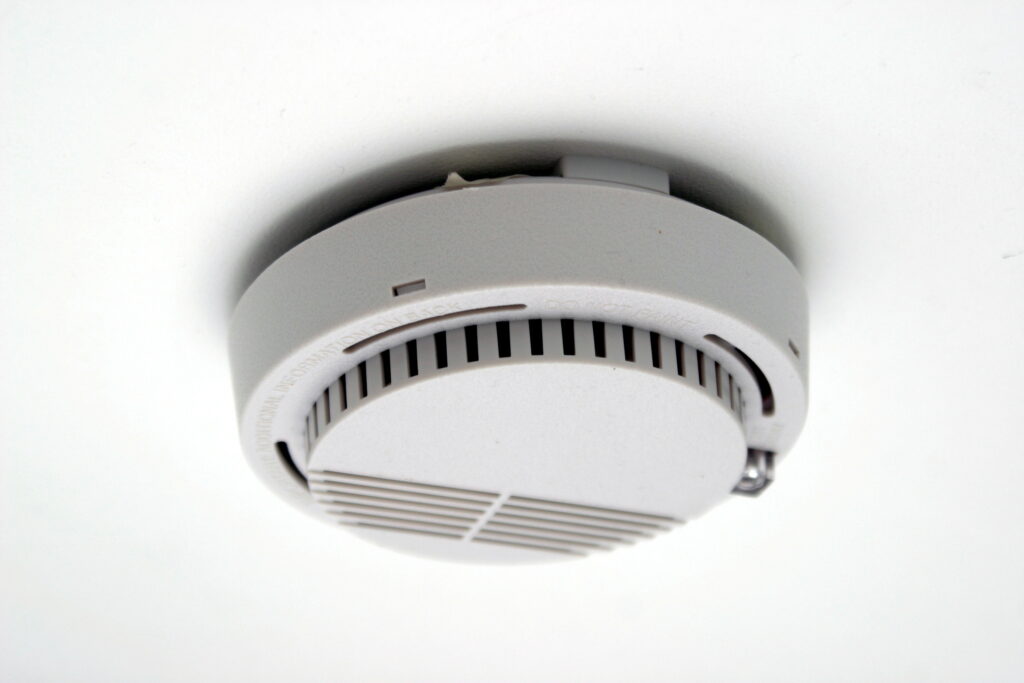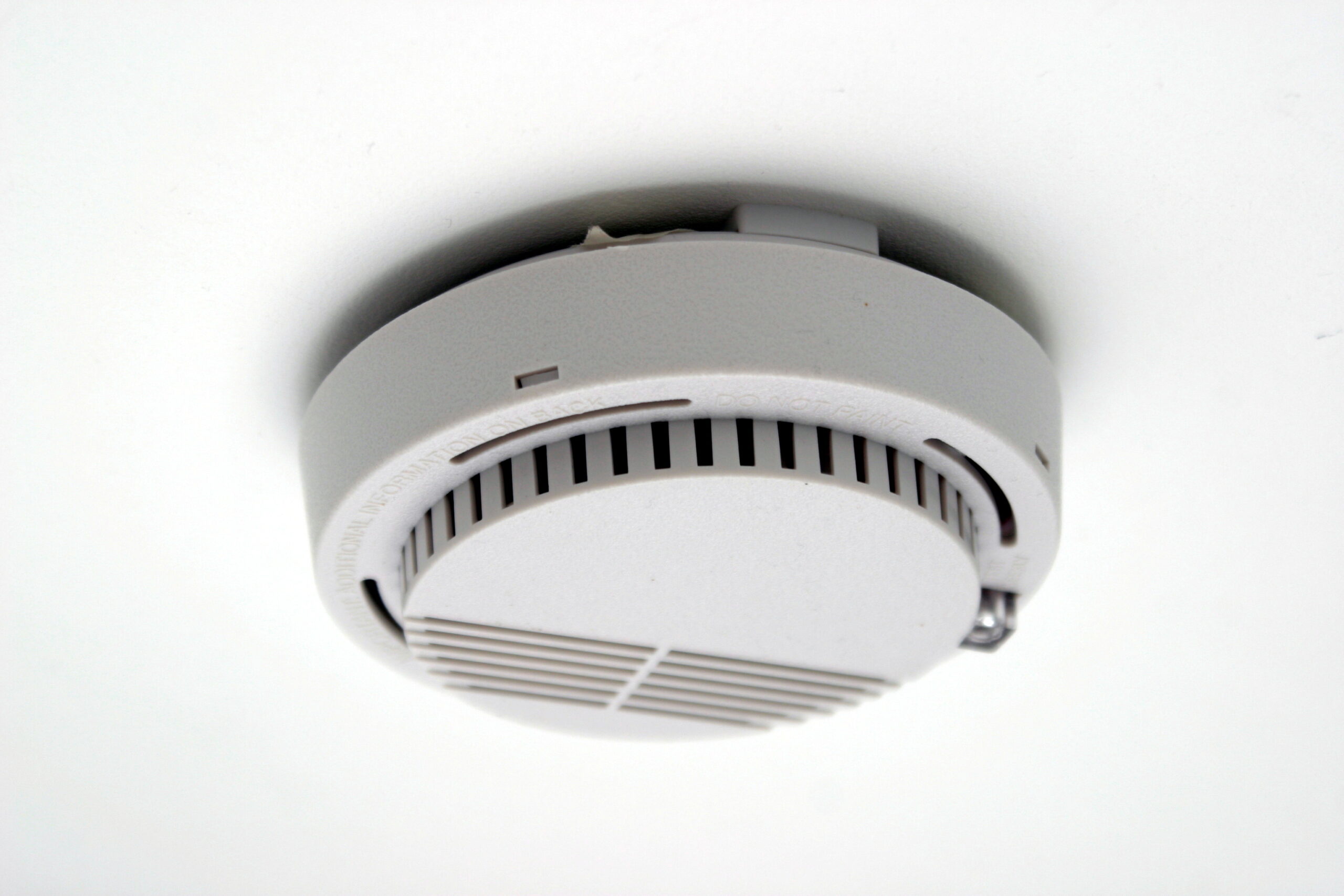
1. Introduction to Alarming Systems
Alarming systems are the backbone of modern security measures, providing a critical line of defense against unauthorized access and potential threats. Whether it’s for your home or business, understanding the different types and benefits of these systems is paramount to ensuring safety and peace of mind.
How to Implement:
- Define the purpose of the alarming system (e.g., burglary prevention, fire detection, etc.).
- Highlight statistics or real-life examples showcasing the importance of alarm systems.
- Introduce the upcoming sections to give readers an overview of what to expect.
2. Types of Alarming Systems
There is no one-size-fits-all solution when it comes to alarming systems. From traditional wired systems to cutting-edge wireless options, each type offers unique features and advantages. Understanding these differences is crucial in making an informed decision for your specific security needs.
How to Implement:
- Provide a brief overview of each type (wired, wireless, hybrid, etc.).
- Highlight the pros and cons of each type to help readers weigh their options.
- Include visuals or diagrams for better comprehension.
3. Benefits of Alarm Monitoring
Alarm monitoring services add an extra layer of protection by ensuring that authorities are alerted in case of an emergency. This round-the-clock surveillance offers peace of mind, knowing that professionals are standing by to respond when needed.
How to Implement:
- Explain how alarm monitoring works and its significance in emergency situations.
- Showcase scenarios where alarm monitoring made a crucial difference.
- Offer tips on choosing a reliable monitoring service provider.
4. Choosing the Right Security Alarms
Selecting the right security alarms involves considering factors like property size, location, and specific security concerns. This section provides a comprehensive guide to help readers navigate through the options and make an informed decision.
How to Implement:
- Provide a checklist of considerations for readers to assess their security needs.
- Offer recommendations based on different scenarios (e.g., urban vs. rural settings).
- Include links to reputable alarm system providers for further research.
5. DIY Alarm Installation Guide
For those who prefer a hands-on approach, a DIY alarm installation can be a cost-effective solution. This section offers a step-by-step guide to setting up your alarming system, ensuring it functions optimally.
How to Implement:
- Break down the installation process into clear, easy-to-follow steps.
- Include a list of necessary tools and materials.
- Offer troubleshooting tips for common installation issues.
6. Integrating Your Alarm System
A comprehensive security strategy involves the integration of various systems and measures. This section explores how to seamlessly incorporate your alarming system with other security features for a holistic approach to safety.
How to Implement:
- Provide examples of compatible security measures (e.g., CCTV, access control).
- Offer insights on configuring and testing integrated systems.
- Emphasize the importance of regular maintenance and updates.

